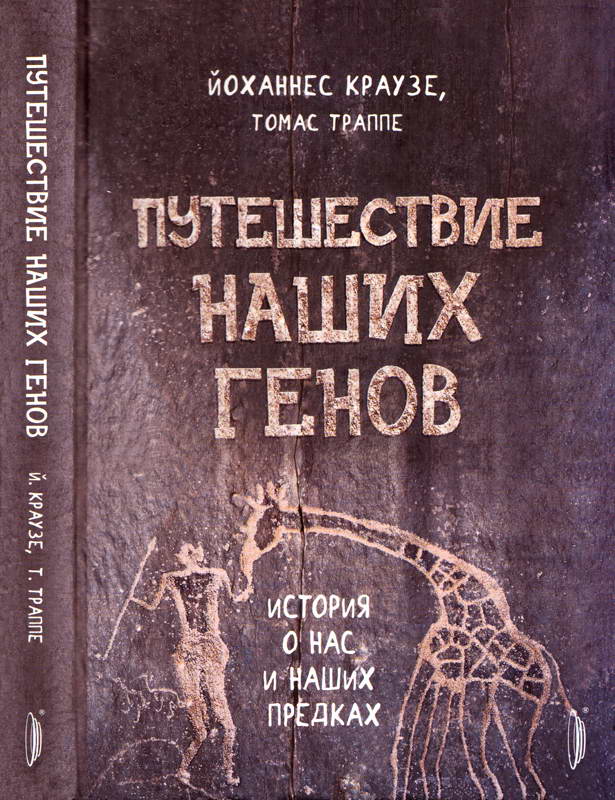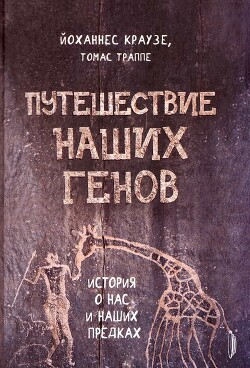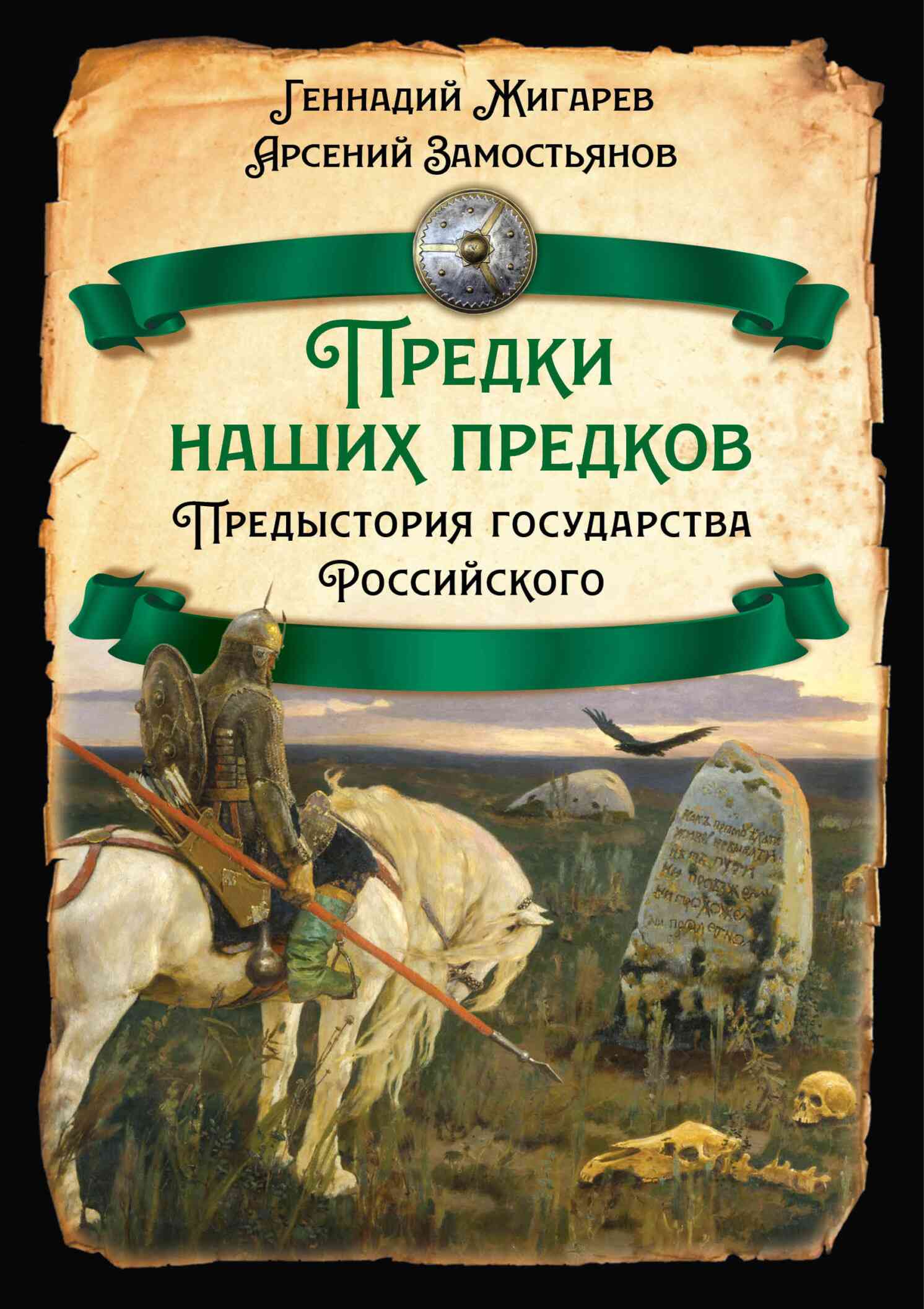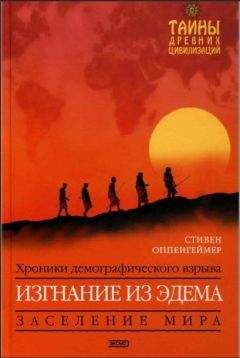Perseus Books Group. IX, 275 p.
7. Krause, J., et al., The complete mitochondrial DNA genome of an unknown hominin from southern Siberia. Nature, 2010. 464 (7290): p. 894–7.
8. Gregory, T. R., The evolution of the genome. 2005, Burlington, МА: Elsevier Academic. XXVI, 740 p.
9. Nystedt, B., et al., The Norway spruce genome sequence and conifer genome evolution. Nature, 2013. 497 (7451): p. 579–84.
10. Consortium, E. P., An integrated encyclopedia of DNA elements in the human genome. Nature, 2012. 489 (7414): p. 57–74.
11. Kimura, М., Evolutionary rate at the molecular level. Nature, 1968. 217 (5129): p. 624–6.
12. Posth, C., et al., Deeply divergent archaic mitochondrial genome provides lower time boundary for African gene flow into Neanderthals. Nat Commun, 2017. 8: p. 16046.
13. Kuhlwilm, М., et al., Ancient gene flow from early modern humans into Eastern Neanderthals. Nature, 2016. 530 (7591): p. 429–33.
14. Meyer, M., et al., Nuclear DNA sequences from the Middle Pleistocene Sima de los Huesos hominins. Nature, 2 016 531 (7595): p. 504–7.
15. Reich, D., et al., Genetic history of an archaic hominin group from Denisova Cave in Siberia. Nature, 2010. 468 (7327): p. 1053–60.
16. Krings, М., et al., Neandertal DNA sequences and the origin of modern humans. Cell, 1997. 90 (1): p. 19–30.
17. Krause, J. and S. Pääbo, Genetic Time Travel. Genetics, 2016. 203 (I): p. 9–12.
18. Krause, J., et al., A complete mtDNA genome of an early modern human from Kostenki, Russia. Curr Biol, 2010. 20 (3): p. 231–6.
19. Lazaridis, I., et al., Ancient human genomes suggest three ancestral populations for present-day Europeans. Nature, 2014. 513 (7518): p. 409–13.
20. Haak, W., et al., Massive migration from the steppe was a source for Indo-European languages in Europe. Nature, 2015. 522 (7555): p. 207–11.
21. Andrades Valtuena, A., et al., The Stone Age Plague and Its Persistence in Eurasia. Curr Biol, 2017. 27 (23): p. 3683–3691 e8.
22. Key, F. M., et al., Mining Metagenomic Data Sets for Ancient DNA: Recommended Protocols for Authentication. Trends Genet, 2017. 33 (8): p. 508–520.
23. Rasmussen, S., et al., Early divergent strains of Yersinia pestis in Eurasia 5,000 years ago. Cell, 2015. 163 (3): p. 571–82.
Глава вторая
1. Green, R. E., et al., A draft sequence of the Neandertal genome. Science, 2010. 328 (5979): p. 710–22.
2. Kuhlwilm, М., et al., Ancient gene flow from early modern humans into Eastern Neanderthals. Nature, 2016. 530 (7591): p. 429–33.
3. Meyer, М., et al., Nuclear DNA sequences from the Middle Pleistocene Sima de los Huesos hominins. Nature, 2016. 531 (7595): p. 504–7.
4. Posth, C., et al., Deeply divergent archaic mitochondrial genome provides lower time boundary for African gene flow into Neanderthals. Nat Commun, 2017. 8: p. 16 046.
5. Prufer, К., et al., The complete genome sequence of a Neanderthal from the Altai Mountains. Nature, 2014. 505 (7481): p. 43–9.
6. Stringer, C. and P. Andrews, The complete world of human evolution. Rev. ed. 2011, London; New York: Thames & Hudson, Inc., 240 p.
7. Meyer, М., et al., A high-coverage genome sequence from an archaic Denisovan individual. Science, 2012. 338 (6104): p. 222–6.
8. Faupl, P., W. Richter, and C. Urbanek, Geochronology: dating of the Herto hominin fossils. Nature, 2003. 426 (6967): p. 621–2; discussion 622.
9. Krause, J., et al., Neanderthals in central Asia and Siberia. Nature, 2007. 449 (7164): p. 902–4.
10. Enard, W., et al., Intra- and interspecific variation in primate gene expression patterns. Science, 2002. 296 (5566): p. 340–3.
11. Krause, J., et al., The derived FOXP2 variant of modern humans was shared with Neandertals. Curr Biol, 2007. 17 (21): p. 1908–12.
12. De Queiroz, K., Species concepts and species delimitation. Syst Biol, 2007. 56 (6): p. 879–86.
13. Dannemann, М., K. Prufer, and J. Kelso, Functional implications of Neandertal introgression in modern humans. Genome Biol, 2017. 18 (I): p. 61.
14. Fu, Q., et al., Genome sequence of a 45,000-year-old modern human from western Siberia. Nature, 2014. 514 (7523): p. 445–9.
15. Fu, Q., et al., An early modern human from Romania with a recent Neanderthal ancestor. Nature, 2015. 524 (7564): p. 216–9.
16. Fu, Q., et al., The genetic history of Ice Age Europe. Nature, 2016. 534 (7606): p. 200–5.
17. Kind, N. C. K.-J., Als der Mensch die Kunst erfand: Eiszeithöhlen der Schwäbischen Alb. 2017: Konrad Theiss.
18. Conard, N. J., A female figurine from the basal Aurignacian ofHohle Fels Cave in southwestern Germany. Nature, 2009. 459 (7244): p. 248–52.
19. Conard, N. J., M. Malina, and S. C. Munzel, New flutes document the earliest musical tradition in southwestern Germany. Nature, 2009. 460 (7256): p. 737–40.
20. Lieberman, D., The story of the human body: evolution, health, and disease. First edition, ed. 2013, New York: Pantheon Books. XII, 460 p.
21. Grine, F. E., J. G. Fleagle, and R. E. Leakey, The first humans: origin and early evolution of the genus Homo: contributions from the third Stony Brook Human Evolution Symposium and Workshop, October 3-October 7, 2006. Vertebrate paleobiology and paleoanthropology series. 2009, Dordrecht: Springer. XI, 218 p.
22. Giaccio, B., et al., High-precision (14)C and (40)Ar/(39) Ar dating of the Campanian Ignimbrite (Y-5) reconciles the time-scales of climatic-cultural processes at 40 ka. Sci Rep, 2017. 7: p. 45940.
23. Marti, A., et al., Reconstructing theplinian and co-ignimbrite sources of large volcanic eruptions: A novel approach for the Campanian Ignimbrite. Sci Rep, 2016. 6: p. 21 220.
24. Marom, A., et al., Single amino acid radiocarbon dating of Upper Paleolithic modern humans. Proc Natl Acad Sci USA, 2012. 109 (18): p. 6878–81.
25. Krause, J., et al., A complete mtDNA genome of an early modern human from Kostenki, Russia. Curr Biol, 2010. 20 (3): p. 231–6.
26. Fellows Yates, J. A., et al., Central European Woolly Mammoth Population Dynamics: Insights from Late Pleistocene Mitochondrial Genomes. Sci Rep, 2017. 7 (1): p. 17714.
27. Mittnik, A., et al., A Molecular Approach to the Sexing of the Triple Burial at the Upper Paleolithic Site of Dolni Vestonice. PLoS One, 2016. 11(10): p. e0163019.
28. Forni, F., et al., Long-term magmatic evolution reveals the beginning of a new caldera cycle at Campi Flegrei. Science Advances, 2018. Vol. 4, no. 11, eaat9401.
Глава третья
1. Odar, В., A Dufour bladelet from Potocka zijalka (Slovenia). Arheoloski vestnik, 2008. 59: p. 9–16.
2. Posth, C., et al., Pleistocene Mitochondrial Genomes Suggest a Single Major Dispersal of Non-Africans and a Late Glacial Population Turnover in Europe. Curr Biol, 2016. 26: p. 1–7.
3. Tallavaara, М., et al., Human population dynamics in Europe over the Last Glacial Maximum. Proc Natl Acad Sci USA, 2015. 112(27): p. 8232–7.
4. Alley, R. B., The Younger Dryas cold interval as viewed from





